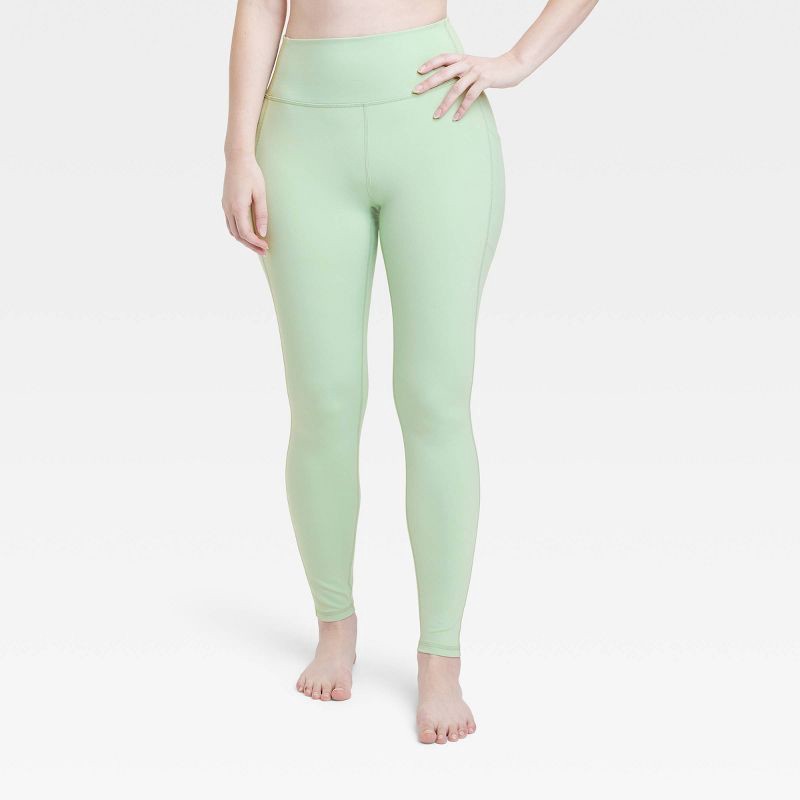Why do my leggings slide down? Leggings have become a staple in many wardrobes, offering comfort, versatility, and style. However, one common frustration that many individuals experience with leggings is their tendency to slide down. This issue can be both annoying and inconvenient, affecting the overall wearing experience. In this comprehensive essay, we will explore the various factors that contribute to leggings sliding down and provide practical solutions to overcome this dilemma. By understanding the causes and implementing effective strategies, individuals can confidently enjoy the benefits of leggings without constantly readjusting.
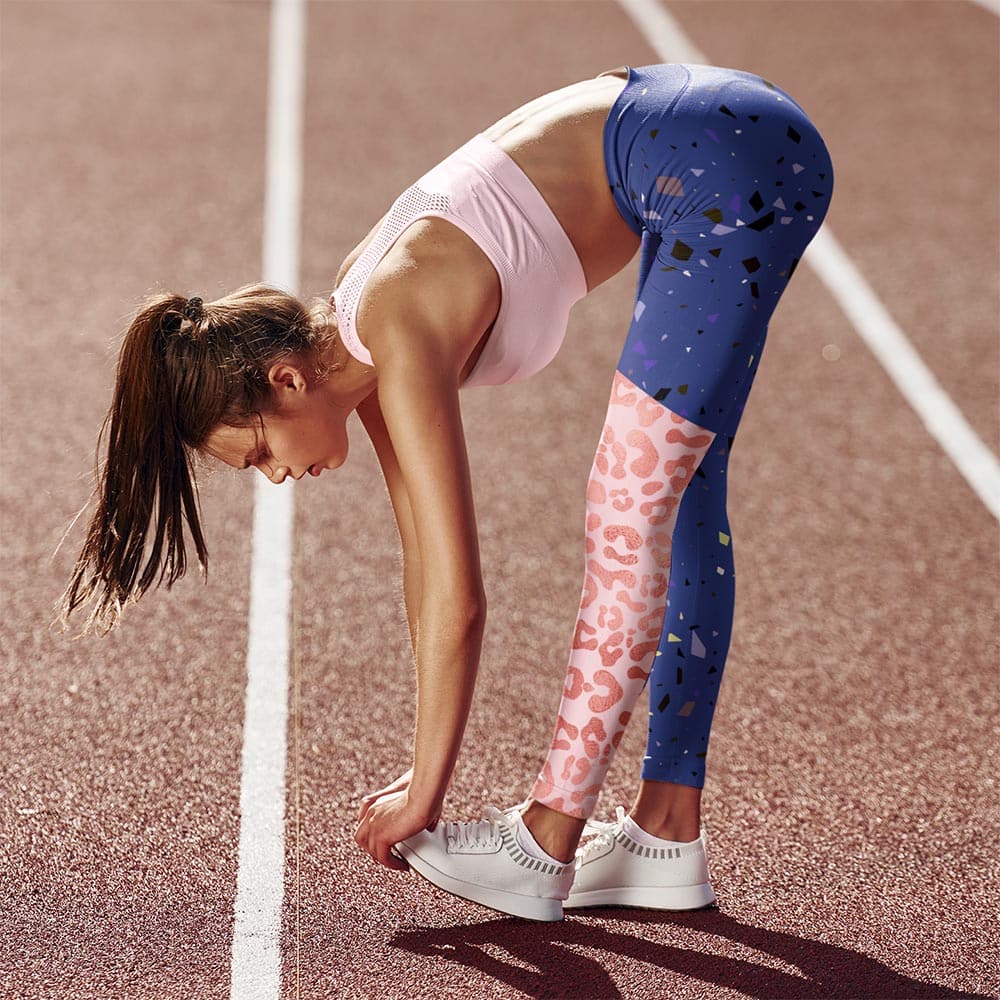
Fabric Choice:
The fabric of leggings plays a crucial role in their ability to stay in place. Leggings made from materials with low elasticity or excessive stretchiness may lack the necessary support to stay up. Opting for leggings made from high-quality, durable fabrics, such as spandex or nylon blends, can help prevent them from sliding down.
Incorrect Sizing:
One of the primary reasons leggings slide down is due to incorrect sizing. Wearing lines in leggings that are either too big or too small can compromise their ability to stay in place. When leggings are too big, they lack the necessary tension to cling to the body, leading to slippage. Conversely, leggings that are too small can cause discomfort and restrict movement, often resulting in constant readjustment. Ensuring the right size is chosen based on individual body measurements is essential for a secure fit.
Waistband Design:
The design of the waistband significantly influences whether leggings stay up or slide down. Wide, high-rise waistbands offer better support and coverage, preventing slippage during movements. On the other hand, leggings with narrow or low-rise waistbands are more prone to sliding down, as they do not provide adequate anchoring around the waist.
Lack of Compression:
Compression leggings are specifically designed to provide a snug fit and support muscles during physical activities. These leggings exert gentle pressure on the body, enhancing blood circulation and reducing muscle fatigue. The compression factor helps keep the leggings in place, minimizing the chances of slippage.
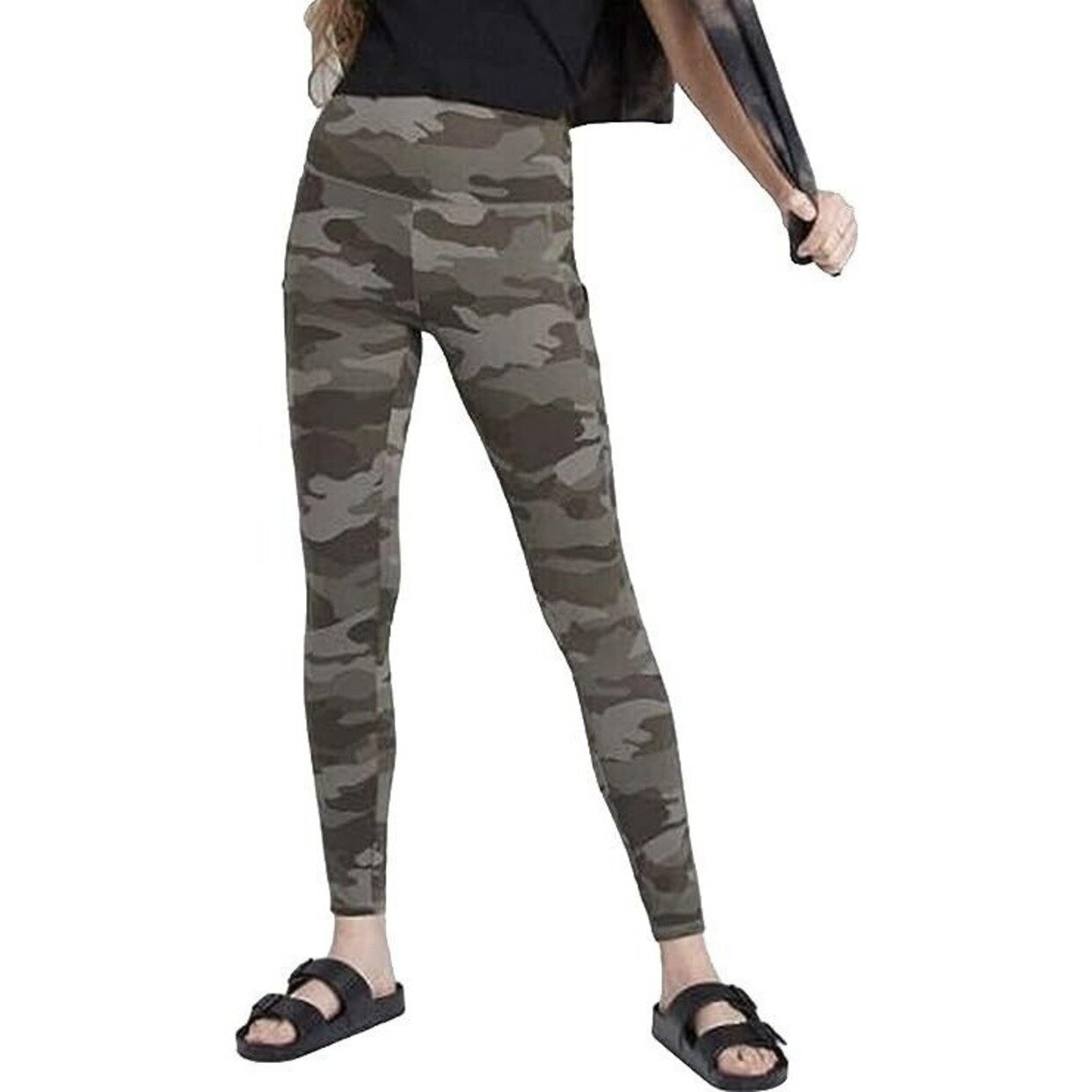
Quality of Elastic:
The quality and durability of the elastic used in leggings can greatly impact their ability to stay up. Over time, the elastic in leggings may lose its elasticity, resulting in decreased support and increased slippage. Opting for leggings with high-quality elastic or reinforced waistbands can help maintain their shape and prevent them from sliding down.
Body Shape and Contour:
Individual body shape and contour can also influence how leggings fit and stay in place. Those with a smaller waist and curvier hips may encounter more challenges with leggings sliding down, as the waistband may not conform to their unique body shape. In such cases, considering leggings with adjustable waistbands or opting for brands that cater to different body types can provide a better fit.
Moisture and Sweat:
Moisture and sweat can exacerbate the issue of leggings sliding down. When the body perspires during physical activities, moisture can accumulate between the skin and the leggings, reducing the friction that keeps them in place. Choosing moisture-wicking leggings can help manage perspiration and reduce slippage by keeping the skin dry.
Improper Care:
Neglecting proper care techniques for leggings can lead to diminished elasticity and increased slippage. Excessive stretching, using harsh detergents, or drying aerie leggings at high temperatures can compromise their integrity and cause them to lose their shape. Following the manufacturer’s care instructions, including gentle washing and air-drying, can help maintain the quality and longevity of leggings.
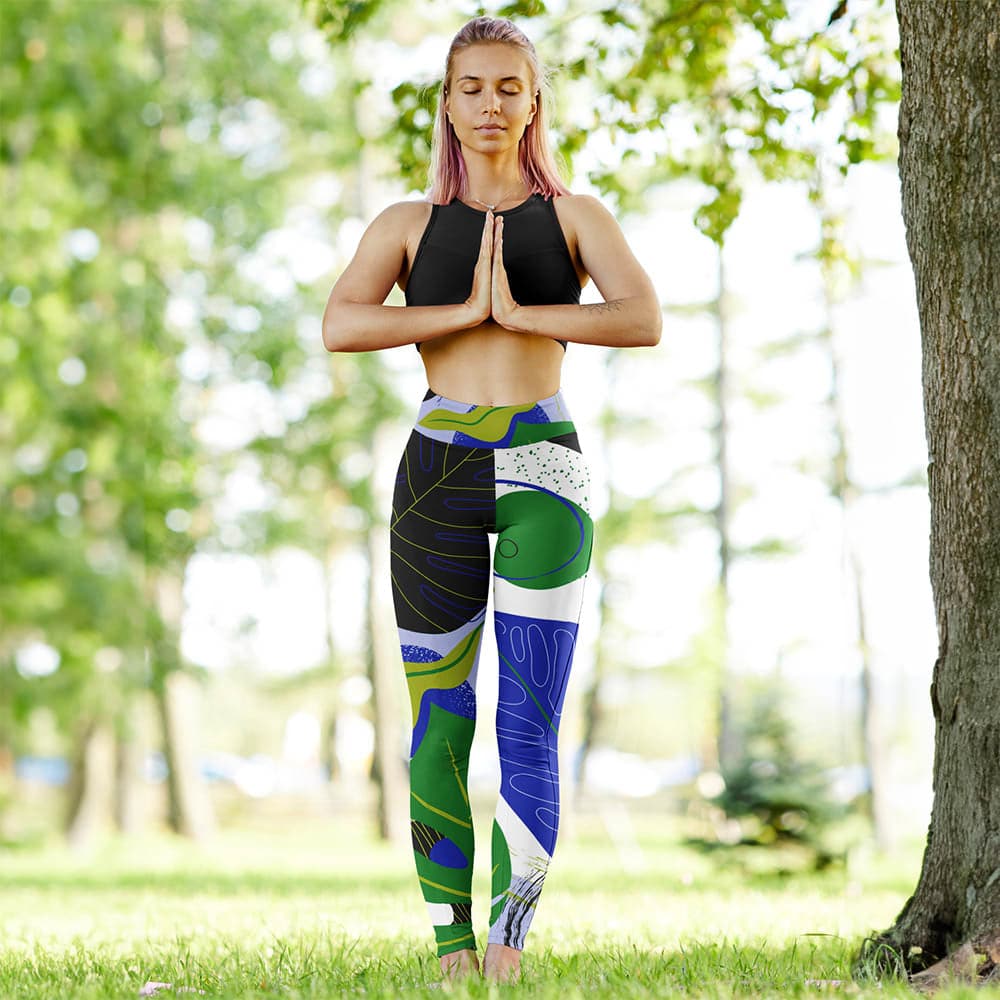
Solutions:
- Correct Sizing: Ensure proper measurements are taken and choose leggings that align with individual body proportions.
- High-Quality Fabrics: Opt for leggings made from durable, stretchy materials like spandex or nylon blends.
- Compression Leggings: Consider investing in compression leggings for added support and a secure fit.
- Wide Waistbands: Choose leggings with wide, high-rise waistbands for better coverage and stability.
- Adjustable Waistbands: Look for leggings with adjustable waistbands that can be tightened to fit individual body shapes.
What sports are suitable for leggings
Leggings have evolved from being a casual wardrobe staple to becoming an essential piece of athletic wear. Their blend of comfort, flexibility, and style makes them suitable for a variety of sports and activities.
1. Yoga
Yoga is perhaps the most obvious activity for which leggings are perfectly suited. The practice of yoga involves a series of poses and stretches that require freedom of movement and flexibility. Leggings provide the necessary stretch and support, allowing practitioners to move seamlessly from one pose to another without any restriction. Additionally, the form-fitting nature of leggings helps instructors see the alignment of muscles and joints, facilitating better guidance and correction.
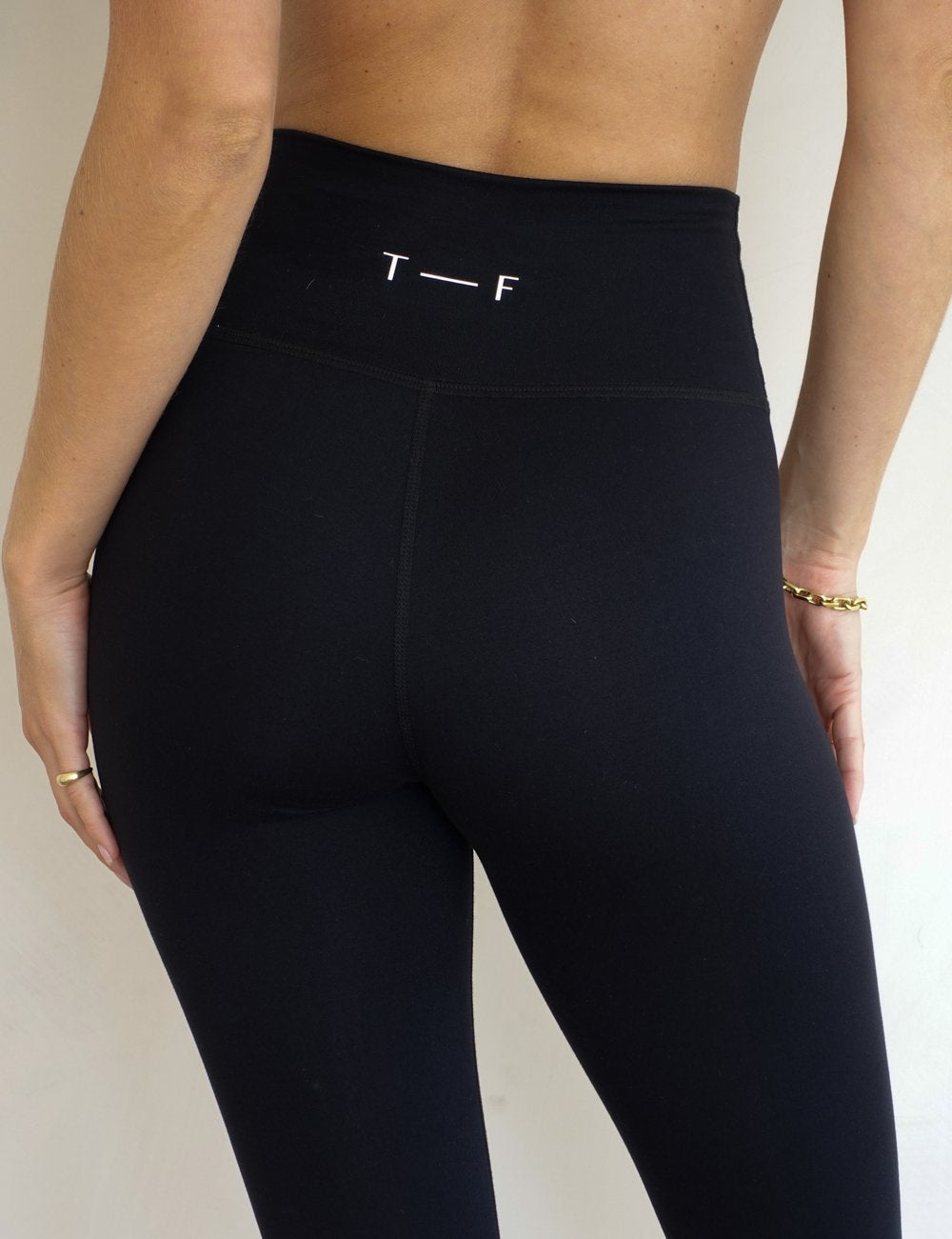
2. Running
When it comes to running, leggings offer several advantages. Firstly, they reduce chafing by creating a smooth layer between the skin and the elements. This is especially important for long-distance runners who need to avoid irritation over extended periods. Secondly, many running leggings are designed with moisture-wicking technology that keeps sweat away from the skin, helping runners stay dry and comfortable. Compression leggings, specifically, can improve blood circulation, reduce muscle fatigue, and enhance overall performance.
3. Gym Workouts
Leggings are a staple in the gym for both strength training and cardio workouts. Their tight fit ensures that they stay in place during intense movements, whether you’re lifting weights, doing squats, or engaging in high-intensity interval training (HIIT). The flexibility of best leggings allows for a full range of motion, which is crucial for exercises that require deep bends and stretches. Moreover, the modern designs and patterns available in leggings add a touch of style, making individuals feel confident and motivated during their workouts.
4. Pilates
Pilates, similar to yoga, involves a lot of controlled movements and stretching. Leggings provide the necessary support and flexibility to perform these exercises effectively. High-waisted leggings are particularly popular in Pilates because they offer additional core support, which is beneficial for maintaining proper form and engaging the abdominal muscles. The snug fit also ensures that there is no excess fabric to get in the way during intricate movements.
5. Cycling
For both indoor and outdoor cycling, leggings prove to be extremely practical. Cycling requires a lot of leg movement, and leggings help in reducing friction and providing comfort. Padded cycling leggings are available that offer extra protection and cushioning for long rides, preventing saddle sores and discomfort. They also protect the skin from the cold wind during outdoor cycling sessions, making them a versatile option for all weather conditions.
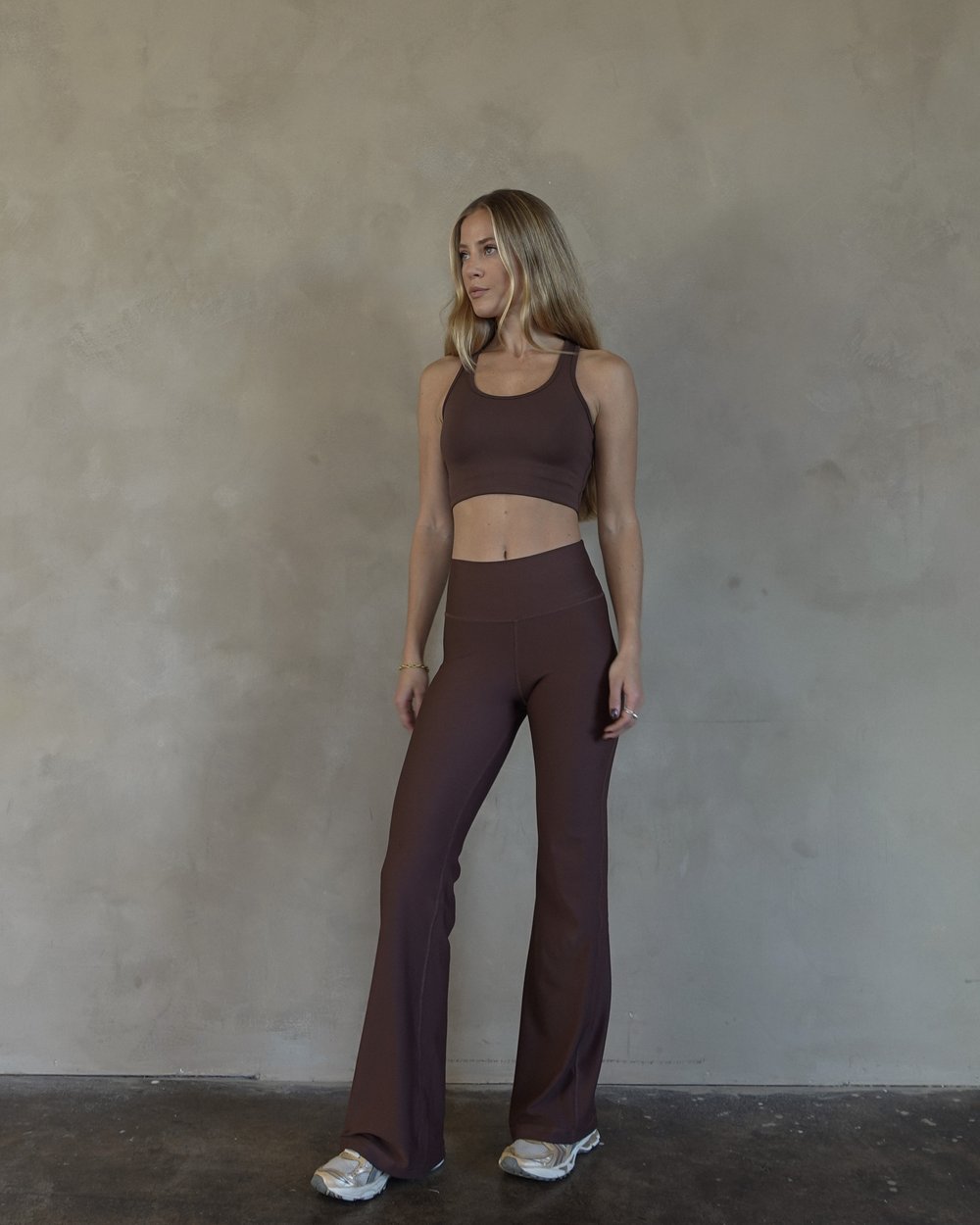
Conclusion:
The issue of leggings sliding down can be frustrating, but by understanding the causes and implementing effective solutions, individuals can overcome this challenge. Factors such as fabric choice, sizing, waistband design, and care techniques all play a role in ensuring leggings stay in place. By selecting high-quality leggings, choosing the correct size, and paying attention to waistband design and care, individuals can enjoy a comfortable and secure fit throughout the day. With the right strategies, the dilemma of sliding leggings can be resolved, allowing individuals to fully embrace the comfort and style leggings offer without constant readjustment.
